Delivery Drones Set to Revolutionize Urban Logistics
In a recent interview with IEEE Spectrum’s Stephen Cass, Zipline co-founder and CTO Keenan Wyrobek shared exciting updates on the company’s expanding drone delivery operations. Zipline, known for its successful medical supply deliveries in Africa, is now gearing up to bring its cutting-edge technology to urban areas across the United States.
“Zipline is pouring our heart into Platform 2 right now. Getting Platform 2 ready for this– the way I like to talk about this internally is today, we fly about four times the equator of the Earth in our operations on average. And that’s a few thousand flights per day. But the demand we have is for more like millions of flights per day, if not beyond.” – Keenan Wyrobek
Beyond Visual Line of Sight (BVLOS) Milestone
One of Zipline’s recent breakthroughs was receiving FAA approval for beyond visual line of sight (BVLOS) flights, a critical step towards scalable drone operations. This approval allows Zipline’s drones to fly without human operators keeping them in sight, relying instead on advanced sensors to detect and avoid other aircraft.
Wyrobek emphasized the importance of this milestone, stating, “That’s now been in operations in two distribution centers here, one in Utah and one in Arkansas ever since.”

Zipline Platform 2: Precision Urban Deliveries
Zipline’s Platform 2 drones are designed specifically for urban deliveries, offering unparalleled precision and convenience. The drones hover at around 100 meters while lowering a tethered “droid” to make the final delivery within centimeters of the target location.
This innovative design allows for deliveries to small spaces like back porches or rooftops, serving a wide range of customers. Wyrobek highlighted the benefits, saying, “It makes some of the hardest design problems in this space much, much easier. The safety problem gets much easier by keeping the drone way up high.”
Expanding Applications and Partnerships
Beyond medical supplies, Zipline is exploring new applications for its drone delivery technology. From supporting animal husbandry through the delivery of genetically diverse bull semen to partnering with health systems and retail stores, the potential use cases are vast.
Platform 2 can deliver packages weighing up to 8 pounds and volumes larger than a shoebox, covering a significant portion of consumer goods and meal deliveries. Wyrobek noted, “One of our partners we work with, we can deliver over 80 percent of what they have in their big box store.”
The Future of Drone Deliveries
As Zipline continues to refine its technology and expand its operations, the future of drone deliveries looks promising. With plans to serve urban areas characterized by “three-story sprawl,” the company aims to revolutionize last-mile logistics while minimizing noise pollution and packaging waste.
Wyrobek concluded by emphasizing the scale of Zipline’s ambitions: “Three hours of magnitude down, three more zeros to come. And the level of testing, the level of systems engineering, the level of refinement required to do that is a lot.”
As Zipline’s drones take to the skies in US cities, the era of efficient, environmentally friendly, and precise urban deliveries draws closer, promising to transform the way goods move in our communities.
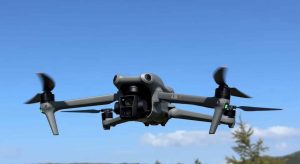
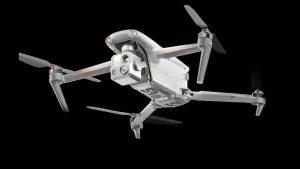
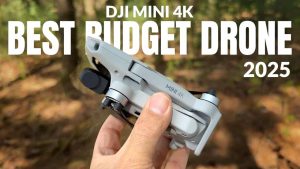
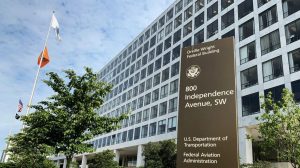
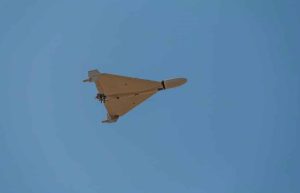
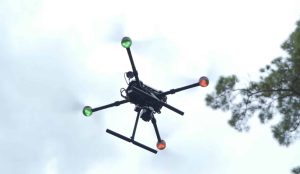
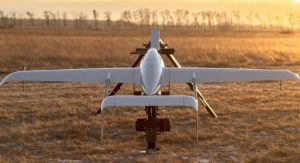
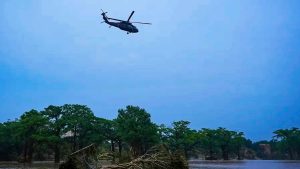
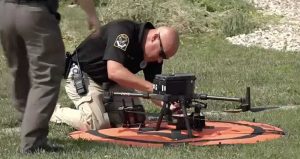
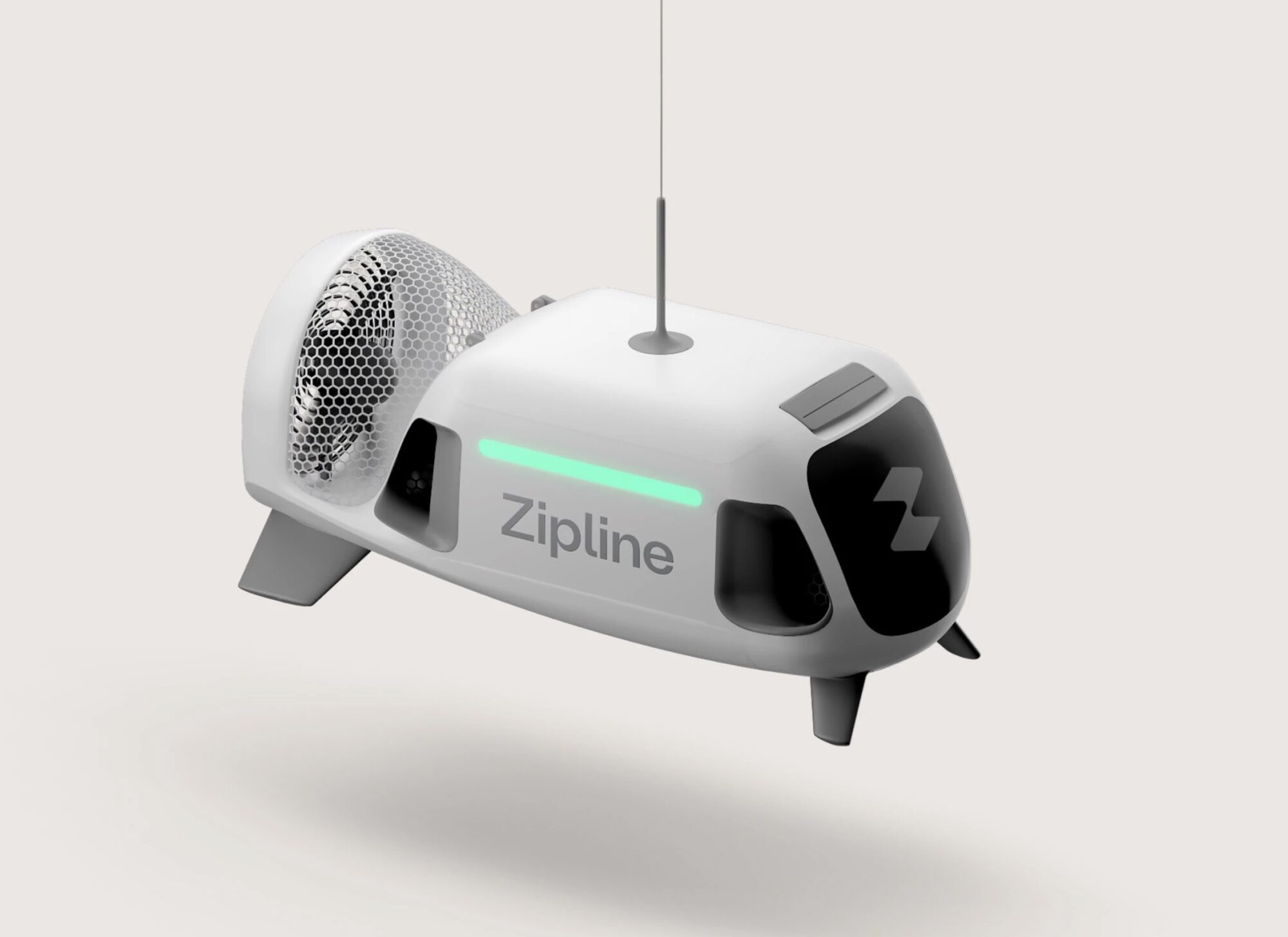
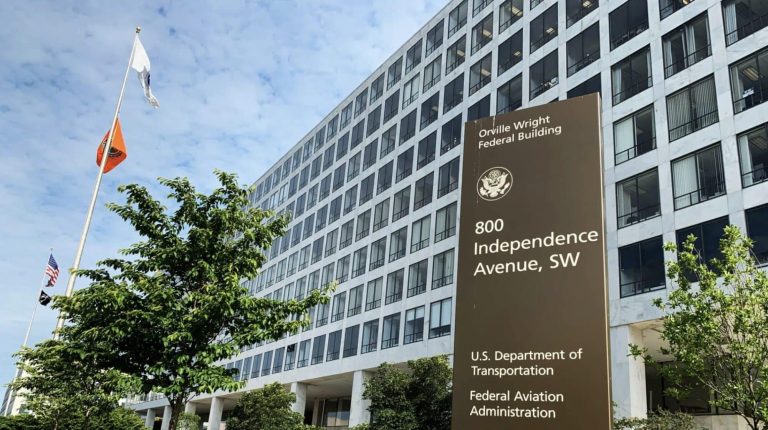

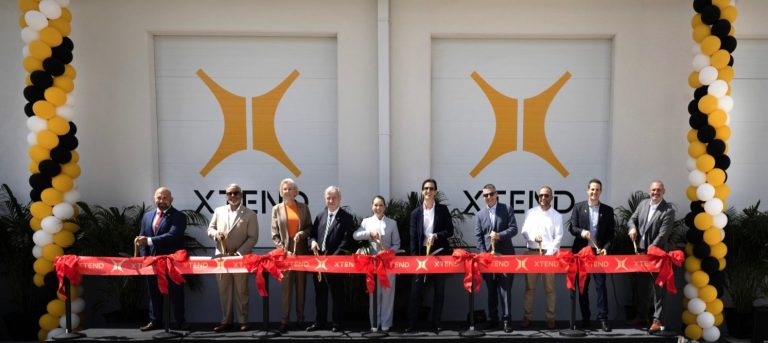
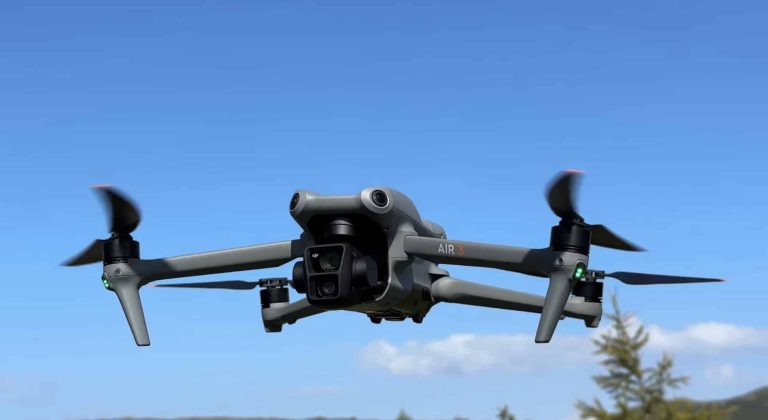
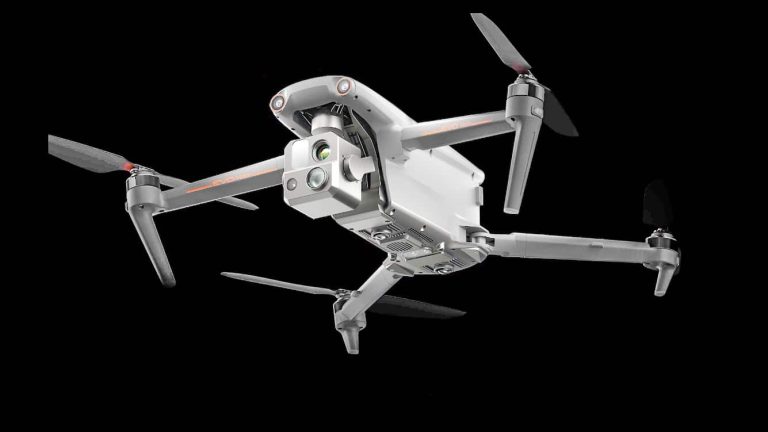
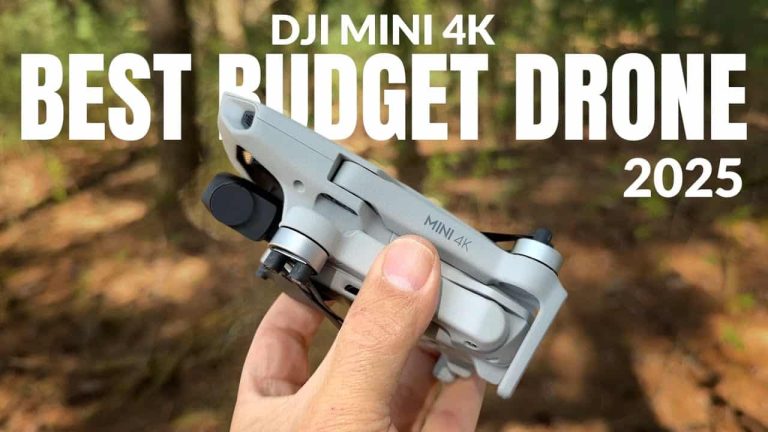
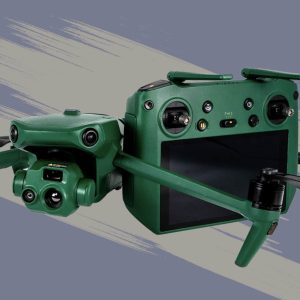


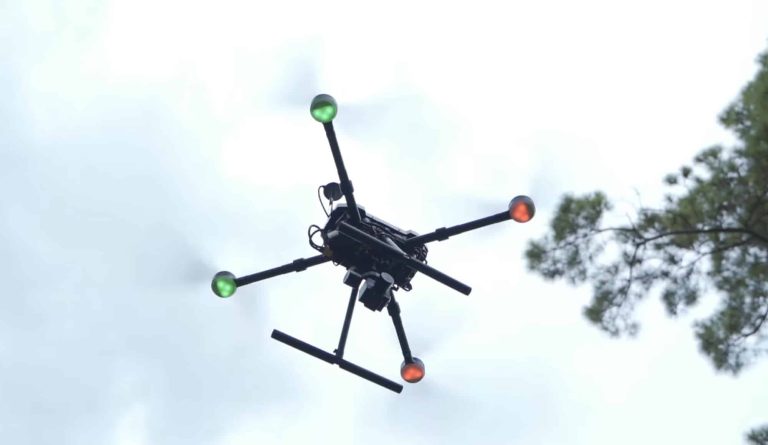
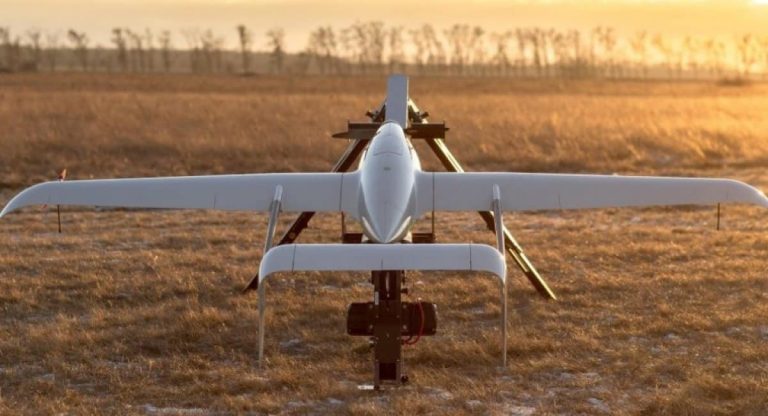

+ There are no comments
Add yours